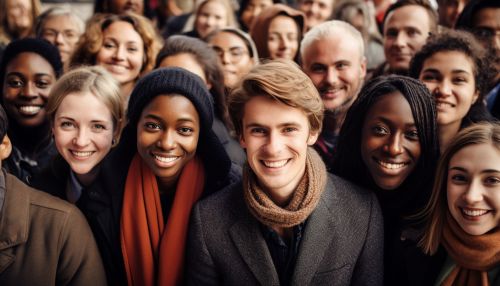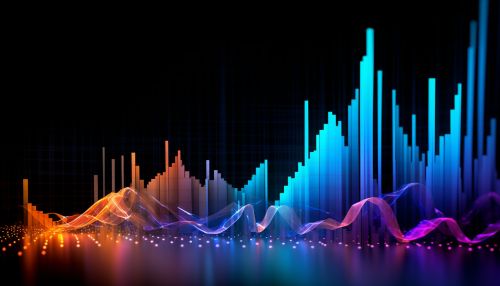The Mathematics of Probability and Statistics in Data Analysis
Introduction
Probability and statistics are two interrelated yet distinct mathematical disciplines that deal with the analysis of random phenomena. Probability is the study of randomness and uncertainty, while statistics involves the collection, analysis, interpretation, presentation, and organization of data. Both are extensively employed in data analysis, a process of inspecting, cleaning, transforming, and modeling data with the objective of discovering useful information, suggesting conclusions, and supporting decision-making.
Probability Theory
Probability theory is the branch of mathematics that deals with the analysis of random phenomena. It is used to describe a process where a result cannot be determined in advance, but where different outcomes have different probabilities of occurrence. The theory is bifurcated into two main branches: theoretical probability and empirical probability.
Theoretical Probability
Theoretical probability is based on the reasoning behind probability. It assumes that all outcomes are equally likely, which is often not the case in real-world scenarios. Theoretical probability is calculated by dividing the number of ways an event can occur by the total number of outcomes. For instance, the theoretical probability of rolling a 6 on a six-sided die is 1/6, because there is one 6 and six possible outcomes.
Empirical Probability
Empirical probability, also known as experimental probability, is based on actual experiments and adequate recordings of the occurrence of events. It is calculated by dividing the number of times an event occurs by the total number of trials. For example, if you roll a die 100 times and roll a 6 twenty times, the empirical probability of rolling a 6 is 20/100 or 0.2.
Statistics
Statistics is the discipline that concerns the collection, organization, analysis, interpretation, and presentation of data. It involves the application of statistical theory to real-world problems, from experimental design to survey sampling to data analysis.
Descriptive Statistics
Descriptive statistics summarize and organize characteristics of a data set. A data set is a collection of responses or observations from a sample or entire population. Key measures in descriptive statistics include measures of central tendency (mean, median, mode), measures of variability (range, variance, standard deviation), and measures of relationship (correlation, covariance).
Inferential Statistics
Inferential statistics use a random sample of data taken from a population to describe and make inferences about the population. Inferential statistics are valuable when examination of each member of an entire population is not convenient or possible. For example, we might want to know about the voting behavior of adults in a city, but polling every individual is not feasible. Instead, we take a random sample and use inferential statistics to draw conclusions about the population based on this sample.
Probability and Statistics in Data Analysis
Data analysis is a process of inspecting, cleaning, transforming, and modeling data with the goal of discovering useful information, suggesting conclusions, and supporting decision-making. Both probability and statistics play crucial roles in data analysis.
Probability in Data Analysis
Probability theory is used in data analysis to model uncertainty. For example, in a sales forecast, the future is unknown, but we can use probability to model our uncertainty about it. Probability distributions, such as the normal distribution and the binomial distribution, are often used to model random variables in data analysis.
Statistics in Data Analysis
Statistics, on the other hand, is used to make sense of the data we have. Descriptive statistics help us understand the data by providing summaries about the sample and the measures. Inferential statistics, on the other hand, help us make decisions or predictions based on the data. For example, we might use a hypothesis test to decide whether a certain treatment has an effect, or a regression analysis to predict the sales in the future.
Conclusion
Probability and statistics are two related but distinct mathematical disciplines that both play a crucial role in data analysis. Probability theory is used to model uncertainty and randomness, while statistics is used to make sense of the data we have. Together, they provide a powerful toolkit for understanding the world around us.
See Also












